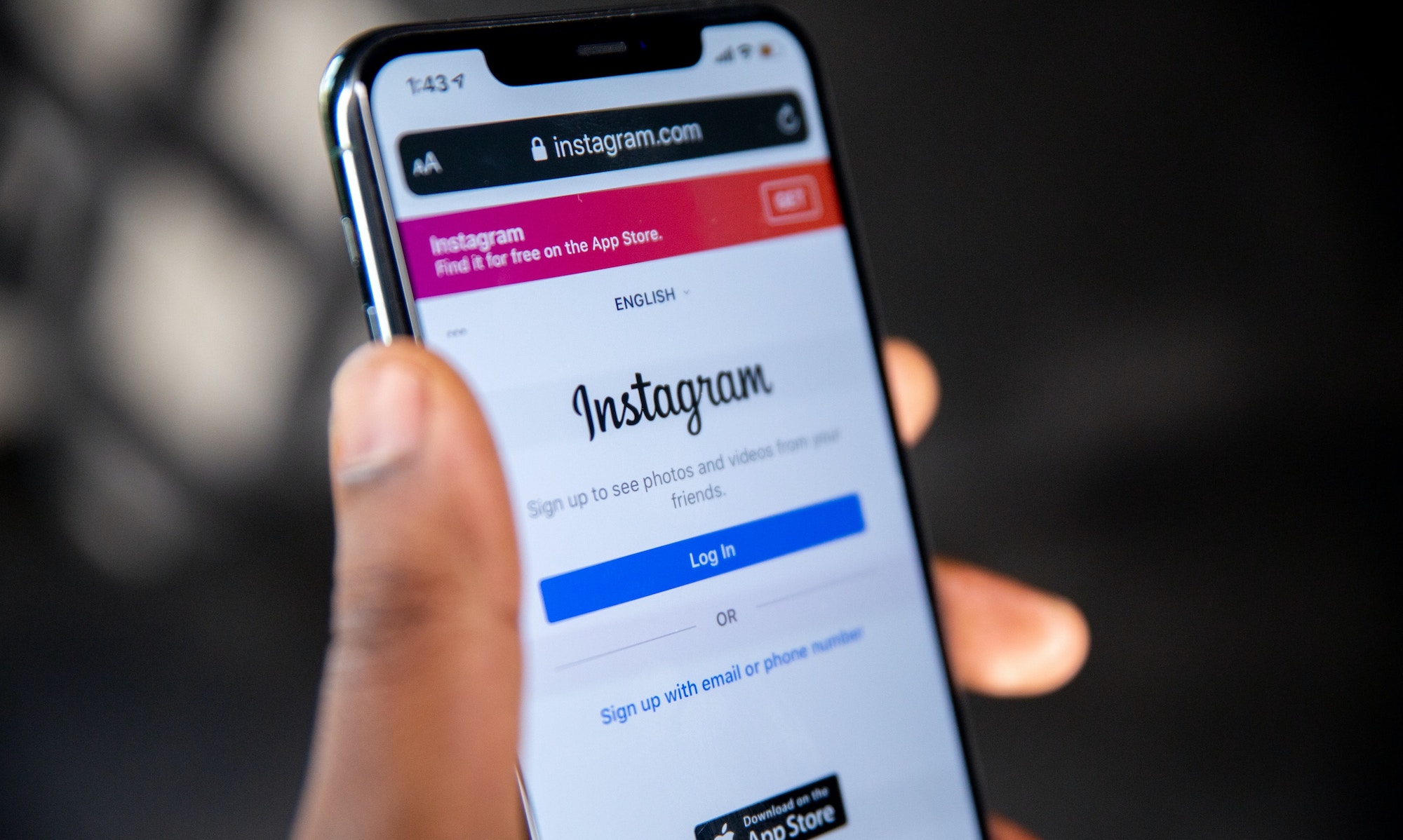How to maintain customer loyalty as the inflation spikes the cost of goods

Listen to this article
Sure, Black Friday saw an all-time high in eCommerce sales.
But if you’ve been to any grocery, retail, or marketplace in the last year, you’ve likely felt the effects of inflation. Everything is more expensive right now. For example, prices for food increased by 10.4% in 2022 (the biggest increase since 1981), and energy prices have risen 41.6% over the last year (the largest since 1980).

It’s also not just the U.S. that’s feeling the increased cost of living. Prices are up all over the world. For example, inflation in the UK is expected to reach 15% in 2023, South Africa’s increased 7.8% in the last year, and China’s fuel costs rose a steep 24%.
Whether you’re a local brick-and-mortar business or a global e-commerce brand, your customers have less money to spend and are tightening their spending belts.
And while Black Friday sales were strong, as a business owner, it’s important to understand how you can meet the needs of your customers and win their loyalty—even in the face of inflation. Let’s dive in.
Why the cost of living has risen
Supply issues are one the main causes of the rise in the cost of living. The world is still recovering from the supply issues caused by the initial lockdown in 2020.
And now, China has locked down again due to new strains of COVID-19. China imports more than $430 billion dollars worth of goods into the U.S., including machinery and textiles.

Additionally, the Russia-Ukraine conflict has put a further strain on supply chain issues in the U.S. and across Europe. Ukraine is one of the biggest suppliers of grain for the United Nations. It was also one of the United States main steel and iron importers in 2021, valuing over $860 million.
Perhaps the biggest cause of the rise in the cost of living is company price hikes. JP Morgan research has shown many companies have reported healthy second-quarter earnings in 2022—despite having sold fewer units.
Take a look at the press release that Unilever, a global consumer goods company released in June of 2022. It reported Unilever had an underlying sales growth of 8.1% even though its sales volume decreased by 1.6%. Its sales growth was due to a 9.8% price hike on its goods.
A recent report released by Talkwalker found that people understand if prices increase for genuine reasons. However, disingenuous price increases have been termed as “profiteering” on Twitter.
The Talkwalker report shows there has been a 185% increase in the mentions of profiteering on Twitter in relation to various brands. Consumers are not happy about companies taking advantage of them, and they’re not staying quiet about it.
How to Maintain customer loyalty
The same Talkwalker report tells us that with the state of the world, what your customers need is compassion. Try to put yourself in your customers’ shoes to see what their needs are.
“Consider your audience’s financial position and put yourself in their shoes. What would you buy if you were them,” said Ruben Gamez CEO and founder of the electronic signature tool, SignWell.
“When you design your strategy with compassion and understanding, you'll avoid making marketing moves that may be viewed as ignorant or insensitive in the current economy.”
Educate/build awareness
Rather than only trying to upsell or encourage your consumers to buy add-ons, take this time to educate your audience about your brand and build deeper connections. This can build a deeper relationship with your consumers, and can help your existing customers find new ways to use your products.
One way to educate your audience is to share your company’s mission and why your product is so important. For example, Allbirds, the sustainable shoe, and clothing company took to social media to explain its new Flight Plan. This campaign explained how Allbirds’ products focus on sustainability, and its new initiative to cut its carbon footprint in half by 2025.

Another way to educate your audience is to show new ways to use your products. Take Coach for example. The luxury clothing and accessory brand released an animated tutorial on how customers can wear its scarves in a variety of ways. This gives customers added value to an item they may already have or are considering buying.
“This is the best time to reinforce their value to the consumers by showcasing either the emotional or functional attributes of their product and the value it can bring to the consumers,” said Stacey Kane, business developer for Easy Merchant.
“This doesn't just give people another reason to stick to their brand, but it's also a way for brands to earn their place in the consumers' lives.”
Money-saving loyalty programs
According to a study done by McKinsey & Company, most US shoppers are abandoning brand loyalty in order to save money. In fact, a whopping 43% plan on switching retailers if they find the same item for a lower price.
This consumer purchasing shift is particularly interesting considering past patterns would support a brand they loved even if the prices are higher. As a result, it’s essential now for brands to price products adequately and win customer loyalty.

One way to pass on savings to your customers without conducting costly sales campaigns every day, is to create a loyalty program.
The rewards of your loyalty program will encourage your customers to continue to stick with your brand even if they find items cheaper elsewhere. Furthermore, you can pass on savings to your customers without it costing your company all of its profits.
Sephora is a great example of a brand with a successful loyalty program. The makeup and skincare giant offers three different tiers in its loyalty program. The higher tiers offer more discounts, perks, and earlier access to limited items or events.
A customer can access the higher tiers of Sephora’s loyalty program by spending more. So the more a customer spends, the more they can save. Having a loyalty program incentivizes customers to buy with Sephora—because they get more bang for their buck.

Money-saving bundle offers
Another way to pass on savings to customers without hurting your own margins is to offer bundles that will help your customers save money. This will not only help your customer save money, but it can also help you get rid of excess stock.
Elliot Davidson, founder and director of Contrast Digital Ltd., gave this advice, “Look to introduce bundles to increase your AOV and margins. By offering a customer a discount when buying a whole set rather than just an individual item. Taking this approach still keeps your brand image and does not look like you are offering lots of discounts.”
Bundling works great for furniture sets, subscription services offering referral bonuses, and BOGO deals. For example, like Target’s buy one get one 30% off deal on puzzles shown below.

Buy now, pay later (BNPL) programs
The U.S. Census Bureau reports the sale of items like gadgets, electronics, and appliances are continuing to go down. At the end of July, they went down an additional 9.9%.
Sometimes customers just need alternate payment methods. Instead of expecting full payment on checkout, consider using a buy now, pay later program. This can help ease the pressure for customers needing or wanting some of the bigger ticket items like electronics or luxury items.
In fact, a BNPL pogram may even open up your brand to a new customer demographic. BNPL programs are quite popular among Gen Z customers. In a survey conducted by Ascent, more than 60% have reported using a BPNL in the first half of 2022.
There are a number of BNPL programs to choose from now. One thing to take into consideration is to make sure the BNPL program you choose to partner with offers your customers a 0% interest plan. Here’s a short list of some BNPL programs to consider along with links to their partnership websites.
- Afterpay - good for smaller items, does not require doing a credit check on your customers
- Affirm - offers payment plans of up to 48 months, good for brands selling big ticket items
- Klarna - offers customers rewards for using the app
- Paypal - most popular/trusted by customers
Provide essential/lower ticket items
According to J.P. Morgan research, 75% of shoppers said they will delay the purchase of big-ticket items and only 36% said they would cut down on groceries. Because the cost of living has risen across all categories, people are prioritizing essentials over luxuries.
This means another way to meet your customers’ needs is to offer lower-ticket items and/or essentials. Davidson from Contrast Digital Ltd, says lower ticket products may help your brand weather this time period through sheer volume.
For example, Kiehl’s offers its Ultra Facial Moisturizer in two different sizes to help customers on a budget. It has a 4.2 fl oz. bottle that’s sold for $35, and an 8.4 fl oz bottle sold for $65.

Internal business financial review
A financial review is performed by your CPA. It will reveal things like your assets, liabilities, cashflow, as well as what you can do to streamline the finances of your business.
Doing a financial review will help you see where your money can be used more effectively as well as cut out any excess spending. Then any money you save you can pass on to your customers.
Your customers are people, not just sales
In order to maintain a healthy relationship with your customers as the cost of living increases, you have to see them as people—not numbers. That means trying to understand them and meeting their needs.
“It’s essential for brands to deeply understand their target audience, including not only demographic information but also their spending habits and values,” said Caitlyn Parish, founder and CEO of the custom bridesmaid dress company, Cicinia.
“By knowing this information, brands can predict how their customers may be affected by the cost of living changes and adjust accordingly.”
Additionally, if you’re looking for customer loyalty, focus on building trust and deepening relationships with existing customers.
Fernando Lopez, Marketing Director for the delivery company, Circuit, says, “Rather than increasing your average transaction value, focus on building relationships that keep your brand top of mind whenever they need to make a purchase.”












.jpg)
.jpg)






.jpg)
.png)



.png)
.jpeg)

























































.jpg)

























